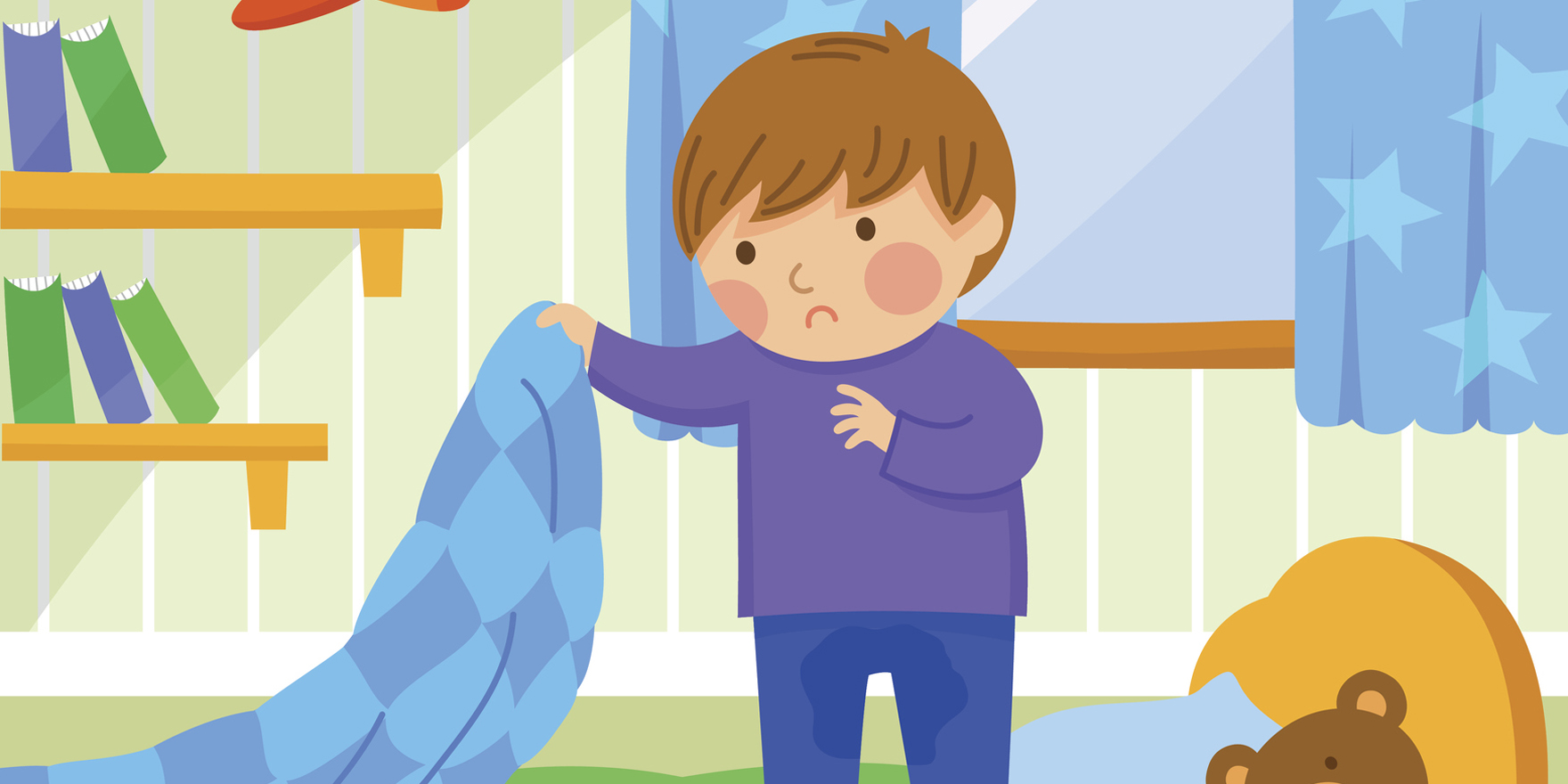The second edition of the Nocturnal Enuresis Resource Kit brings the latest science together with detailed assessment forms and charts for parents
The second edition of the Nocturnal Enuresis Resource Kit, released this month, brings the latest science together with detailed assessment forms, and charts for parents.
It was a much-needed update to the first edition, which was now 15-years old, Dr Aniruddh Deshpande, co-editor and paediatric urologist, said.
The resource includes sections pitched at different audiences: parents, GPs and specialists.
The section for GPs runs through the classification of incontinence and enuresis, as well as providing information about prevalence, pathogenesis, and quality of life.
It also offers a step-by-step guide for clinical assessment of nocturnal enuresis from the initial visit through to the second follow up, along with a form that prompts GPs to record all the relevant history and results from physical examinations.
The resource kit lists “red flags” for early referral to specialists. These include children with medical complications, psychological risk factors, and persistent bedwetting beyond six months of treatment, the resource says.
The section for parents includes general information about bedwetting, as well as charts that can be used to record their child’s fluid intake, urination, bowel movements and bedwetting incidents.
Bedwetting affects around 15% of children aged between five and seven, and around 1-3% of teenagers.
A significant proportion of bedwetting cases were not complex, Dr Deshpande said.
“So GPs should be able to start and perhaps successfully treat a majority of these patients and this resource kit will probably be the best way to get started,” he said.
Teenagers with ongoing nocturnal enuresis were less likely to actively seek help from a GP, Associate Professor Patrina Caldwell, co-editor and general paediatrician, said.
“GPs need to be aware that this problem exists and enquire about it,” she said.
Older girls were at highest risk of negative psychosocial effects of bedwetting, and the risk was not necessarily proportional to the extent of bedwetting, Dr Deshpande said.
“The other take-home message is that treatment is available and treatment works,” Professor Caldwell said.
Some teenagers might feel “hopeless” because they had the condition since they were a child, but treatments were very effective when used appropriately, she said.
Bedwetting alarms are the most successful form of treatment and are suitable for around 70% of children with the condition.
If the alarm failed to improve bedwetting, and the child appeared to be producing a large volume of urine while asleep, desmopressin might be prescribed to act as a synthetic version of the hormone vasopressin. Around two-thirds of children who wet the bed have reduced amounts of vasopressin.
The muscle relaxant oxybutynin can be prescribed for children with an overactive bladder, and imipramine is occasionally prescribed for bedwetting children.
The rate of treatment failure for bedwetting was about 50% in the community, Professor Caldwell said.
But much of this failure could be explained by people not following the treatments rather than the treatments being inherently ineffective.
The resource kit is available at: http://www.neresourcekit.com.au/


